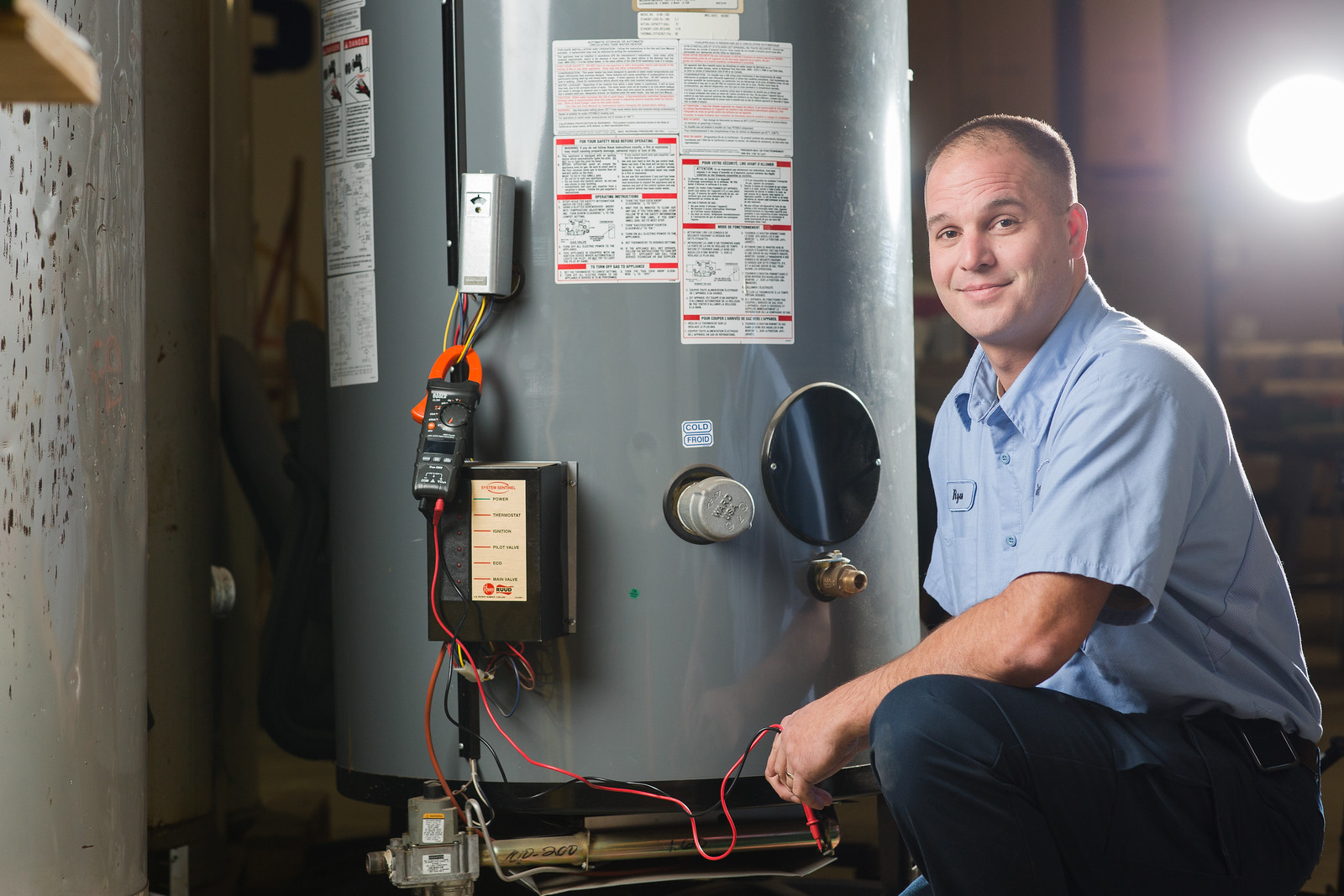Effective Techniques for Maintaining Your Home's Hot Water System
Effective Techniques for Maintaining Your Home's Hot Water System
Blog Article
What are your thoughts about Tips on Maintaining a Water Heater?

Warm water is vital for daily convenience, whether it's for a rejuvenating shower or washing recipes. To guarantee your hot water system runs successfully and lasts much longer, regular upkeep is vital. This post offers sensible ideas and insights on just how to preserve your home's hot water system to avoid disturbances and costly fixings.
Intro
Maintaining your home's warm water system may seem overwhelming, however with a couple of basic steps, you can guarantee it operates efficiently for years ahead. This guide covers every little thing from understanding your hot water system to do it yourself maintenance ideas and knowing when to call expert aid.
Significance of Keeping Your Warm Water System
Normal maintenance not just extends the life expectancy of your warm water system however additionally ensures it runs efficiently. Ignoring upkeep can result in lowered efficiency, higher energy expenses, and also early failure of the system.
Indications Your Warm Water System Needs Upkeep
Recognizing when your hot water system requires focus can prevent major problems. Keep an eye out for indicators such as inconsistent water temperature level, unusual noises from the heating system, or rusty water.
Understanding Your Hot Water System
Before diving into upkeep jobs, it's helpful to comprehend the fundamental parts of your hot water system. Usually, this consists of the hot water heater itself, pipes, anode rods, and temperature controls.
Regular Monthly Upkeep Tasks
Regular monthly checks can help catch minor problems prior to they rise.
Purging the Water Heater
Flushing your water heater eliminates debris build-up, boosting performance and extending its life.
Monitoring and Changing Anode Rods
Anode poles protect against deterioration inside the container. Evaluating and replacing them when worn out is essential.
Examining and Changing Temperature Settings
Adjusting the temperature level setups guarantees optimal performance and safety.
Do It Yourself Tips for Upkeep
You can do a number of upkeep jobs on your own to keep your hot water system in leading problem.
Checking for Leaks
Frequently examine pipes and links for leakages, as these can cause water damage and higher costs.
Examining Stress Relief Valves
Evaluating the pressure safety valve ensures it functions appropriately and prevents too much pressure buildup.
Shielding Pipelines
Insulating warm water pipelines minimizes warm loss and can save power.
When to Call an Expert
While DIY upkeep is useful, some issues require specialist know-how.
Facility Problems Requiring Specialist Aid
Instances consist of major leaks, electric issues, or if your water heater is constantly underperforming.
Routine Specialist Upkeep Perks
Professional upkeep can include detailed assessments, tune-ups, and ensuring conformity with safety and security standards.
Verdict
Routine upkeep of your home's warm water system is crucial for efficiency, durability, and price savings. By adhering to these tips and recognizing when to seek expert aid, you can ensure a reputable supply of warm water without unforeseen disturbances.
How to Maintain an Instant Hot Water Heater
Before tinkering with your hot water heater, make sure that it’s not powered on. You also have to turn off the main circuit breaker and shut off the main gas line to prevent accidents. Also turn off the water valves connected to your unit to prevent water from flowing into and out of the appliance. 2. When you’re done, you have to detach the purge valves’ caps. These look like the letter “T†and are situated on either side of the water valves. Doing so will release any pressure that has accumulated inside the valves while at the same time avoid hot water from shooting out and burning your skin. 3. When the purge valves’ caps are removed, you have to connect your hosing lines to the valves. Your unit should have come with three hoses but if it didn’t, you can purchase these things from any hardware or home repair shops. You can also get them from retail stores that sell water heating systems. Read the user’s manual and follow it to complete this task properly. When the hosing lines are connected, open the purge port’s valves. 4. You should never use harsh chemical cleaners or solutions when cleaning your unit. Make use of white vinegar instead. It should be undiluted and you’ll probably use about 2 gallons. 5. Now flush your water heater. This task should probably take about 40 minutes. We can’t give you specific directions for this because the procedure is carried out depending on the type, model and brand of your heater. With that being said, refer to the user’s manual. 6. When you’re done draining the unit, you have to turn off the purge port valves again. Remove the hosing lines that you earlier installed on each of the water valves. Put the valve caps (purge port) back in their respective places and be very careful so as not to damage the rubber discs that are found inside these caps. 7. Now that everything’s back in place, check your user’s manual again to find out how to reactivate your water heating system. 8. Once it is working, turn one of your hot water faucets on just to let air pass through the heater’s water supply pipes. Leave the tap on until water flows smoothly out of it. https://www.orrplumbing.com/blog/2014/september/how-to-maintain-an-instant-hot-water-heater/
:max_bytes(150000):strip_icc()/how-to-drain-a-water-heater-2719055-hero-35f0548b0f1f42f0b13ba96a33ab8da2.jpg)
I was made aware of that write-up on What Kind of Maintenance Do Water Heaters Need? from a friend on another web property. Liked our piece of writing? Please share it. Let other people check it out. Kudos for being here. Revisit us soon.
Call Today Report this page